Pioneer DJ DDJ-REV1 Review: A place for battle DJs to start!
This morning Pioneer DJ announced the release of two brand new DJ controllers for Serato. The range-topping REV7 model and the beginner-friendly REV1. A spiritual successor to the incredibly popular SB3 controller, the REV1 comes bundled with Serato DJ Lite and takes aim at the turntablist market. Whereas the SB3 featured a club-style layout with a few pad scratch additions, the REV1 is unashamedly mimicking a battle DJ set-up. With its horizontal pitch faders, paddle effects and even centralised performance pads, the REV1 is uncompromising in its design. But does this new design make it a better controller for those starting their DJ journeys, or has the design change pigeonholed the once best selling Serato DJ Lite controller? In this review and guide, we take a closer look to find out!
Key Features
- Battle Mixer Layout with Paddle Effects
- Central Performance Pads With Independent Pad Modes
- Turn Table Style Design with Horizontal Pitch Faders
- Ability To Control 4 Decks
- New “Tracking” Performance Pad Mode with automated crossfader cuts
- Unlocks Scratch Bank Feature
- RRP €229 | $259 | £259
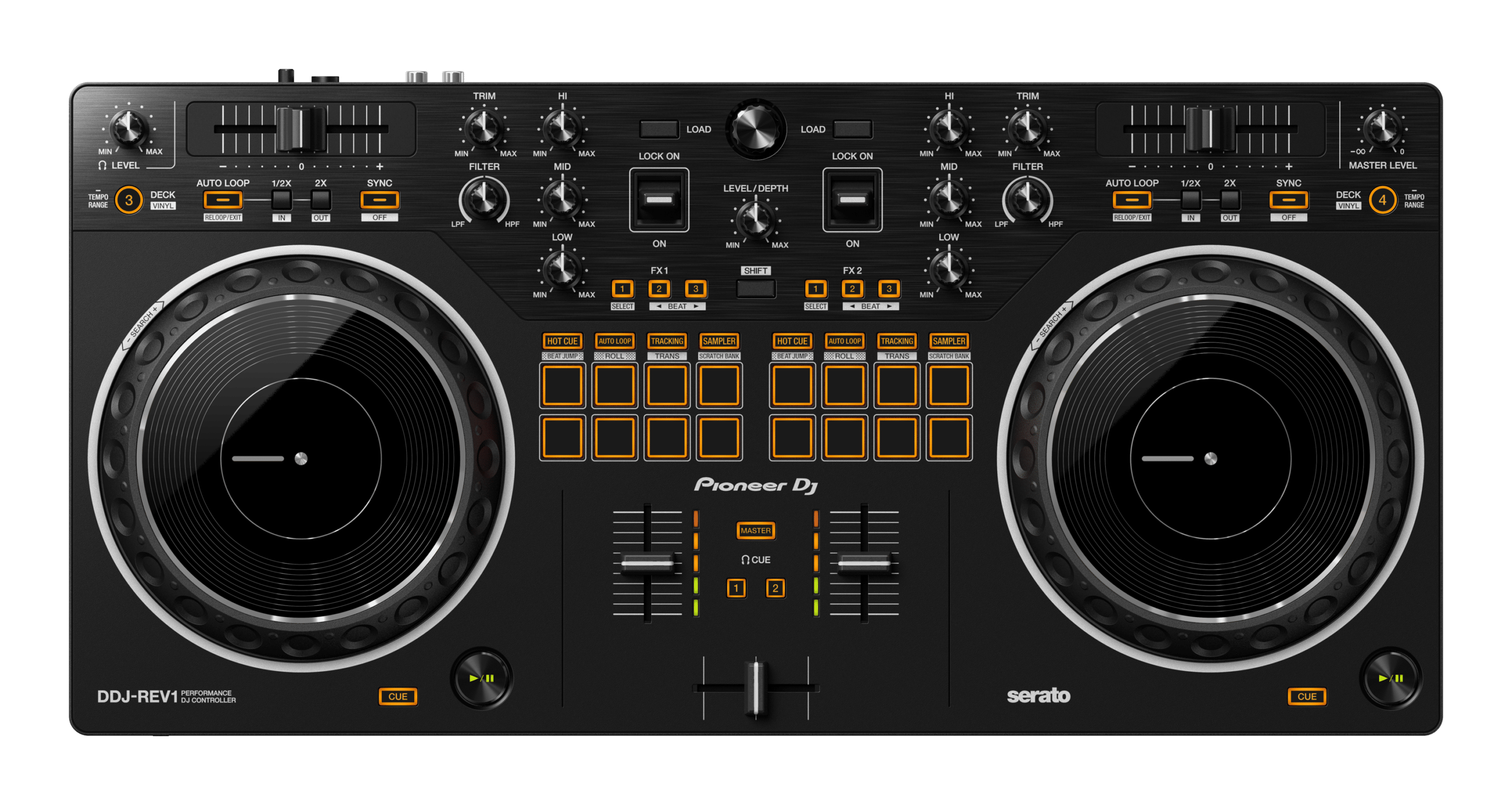
Layout and Design
The new REV1 controller is a wide unit that directly imitates a traditional battle DJ setup. Mimicking a pair of turntables surrounding a battle mixer such as the DJM-S9, the REV1s design is uncompromising and unapologetic. We’ve seen entry-level battle style controllers before, namely the recent update to the Numark Platinum FX models. But whereas Numark included paddle effects and needle position indicators, they still opted for regular pitch faders and cue buttons. The REV1 goes all the way, looking and feeling different to any other DJ controller before it. The mimicking of a battle mixer even goes as far as to move the trim and filter controls to the side of the EQ, identical to the S7 and S9 layouts. The attention to detail here is impressive and will no doubt set young DJs up to feel at home on a battle set up in the future.
The new design does come with some compromises, however. The performance pads now sitting in the centre of the mixer has meant they have shrunk in size, now only one finger wide. The whole mixer section does feel dense and compact in use with a lot of black control knobs close to each other. The lack of different colours for the filter and trim, as seen on other products, is a slight oversight.
Some DJs may be initially off-put by the removal of a traditional cue button found above play/pause. However, in use, the smaller relocated button is quite a nice change. Forcing DJs to get used to working without relying upon the cue, a button that obviously isn’t available on a turntable set-up.
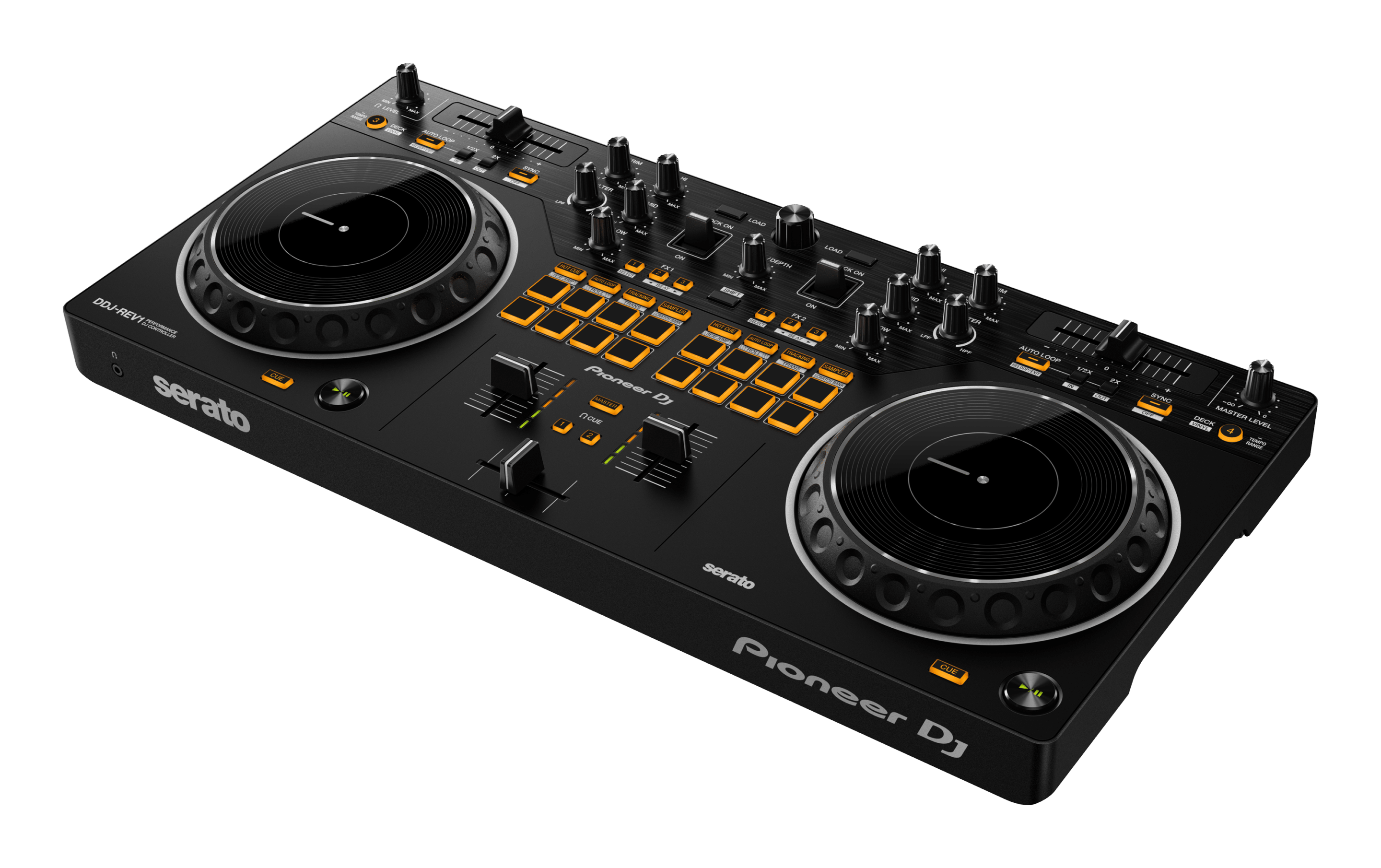
Performance Features
The REV1 features eight performance pads per deck. These “pads” are actually rubberised buttons that feature a reassuring click at the bottom of their travel. The pads feature independent modes, allowing DJs to use different features on each deck at the same time. The modes available include Hot Cue, Autoloop, Tracking and Sampler on the top row. Holding shift enables access to Trans and Scratch Bank for the first time ever in Serato DJ Lite. Beat Jump and Roll are also available to Serato DJ Pro users, with those users unlocking all eight pads for each mode too. It is a shame that the performance pads are a single colour. RGB pads to easily identify each hot cue is standard practice with battle DJs and a feature that is sadly missed on this unit.
Although the REV1 has a two-channel mixer, the controller can in fact control and play four decks. The third and fourth decks take over the controller once activated, meaning the volume and EQ of the currently playing track on deck 1/2 can not be changed whilst in this mode. It’s not the most intuitive system but it is a nice feature to unlock additional creativity!
What is Tracking Performance Mode on the DDJ-REV1?
A brand new feature unique to the REV1 is Tracking, an automated crossfader cut that helps DJs learn the art of scratching. Unlike Pad Scratch on the DDJ-SB3, Tracking doesn’t move the song or help with the jog wheel, that is still the responsibility of the DJ. In a lot of ways, the Tracking mode is like an advanced trans, cutting the music in and out perfectly in time to enable advanced scratching patterns. The patterns available allow DJ’s to perform Baby, Chirp, Orbit and even Crab scratches, without having to touch the crossfader. The feature helps teach DJ’s the different jog wheel movements required to scratch which is certainly a step up from Pad Scratches full automation. However, just like Pad Scratch, we did find the feature sounds better with certain sounds and can be a little jarring if overused.
Scratch Patterns Available:
- Forward Stab
- Reverse Stab
- Chirp
- Orbit
- Crab
- Stab/Baby Combo
Scratch Bank
For the first time ever in Serato DJ Lite, the REV1 unlocks Scratch Bank. A much-loved feature in Serato DJ Pro, scratch bank allows DJs to load a track directly into a deck at the press of a pad. With instant load times, this feature is incredibly useful for DJs that want to scratch phrases from numerous tracks, saving them the time of creating a custom stab track.
Although Scratch Bank is now available in DJ Lite, the functionality of being able to pick which hot cue to play from is sadly locked to DJ Pro users. As with DJ Pro, Scratch Bank is sadly only available when supported hardware such as the REV1 is connected. Meaning preparing tracks will require the controller to be connected at all times.
Effects
Taking direct influence from the DJM-S series of battle mixers, the REV1 features paddle levers to apply effects. The paddles can lock an effect on or apply momentary hits depending on the direction the DJ moves the lever. The DJ can choose or combine three effect banks within Serato DJ from the controller, with an additional wet/dry control. Unfortunately only the effect in bank 1 can be changed directly from the controller. The other two banks require the DJ to use the computer to change the selected effect.
Connectivity
The REV1 shares the same connectivity as most beginner DJ controllers. Featuring a single USB-B connection that powers and connects the controller to a computer. Audio outputs include a smaller 1/8th TRRS headphone port and line-level RCA ports for connecting to speakers. A single unbalanced TRS 1/4 jack connection allows a microphone to be used.
For the first time on a controller of this size, the microphone audio is sent to the laptop. Allowing the microphone to be recorded and streamed without the need for additional hardware!

Unfortunately, the REV1 can only accept headphones with the smaller 1/8th inch TRRS port. We would have much-preferred Pioneer DJ to have equipped the REV1 with the larger 1/4inch port as well as we just don’t believe all beginner DJ’s use lower quality headphones.
In Conclusion
The DDJ-REV1 is a fantastic controller for those looking to get into the world of scratching. Its battle style layout and uncompromising design are refreshing to see, and in use, it works very well. We applaud Pioneer DJ for creating this uncompromising controller with horizontal pitch faders and central performance pads. Unlike the rival Mixtrack controllers by Numark, this design feels fully committed.
That said though, this design certainly won’t appeal to DJs wanting a more traditional club layout. With the DDJ-SB3 being discontinued upon the REV1’s release, this leaves DJs wanting an entry-level Pioneer DJ controller for Serato with no other option than this battle style layout. Something which might polarise a few potential buyers!
If though, you’re looking to get into scratching and want to create routines like the best, this is a fantastic place to start. The REV1 is a solid controller with a great layout and solid jog wheels and sets DJs up nicely to continue their progress with scratching!
Other controllers to consider:
Numark Mixtrack Platinum FX – A four-deck Serato DJ Lite controller with paddles, however, this controller compromises with a more traditional layout
Pioneer DJ DDJ-REV7 – Released alongside the REV1, this flagship controller offers it all!
Pioneer DJ DDJ-400 – Not interested in scratching, take a look at Pioneer DJ’s entry-level controller aimed for club DJs!
Video Review
Learn to DJ with the DDJ-REV1
Learn to DJ with our dedicated beginner DJ lessons for Serato DJ Lite and the DDJ-REV1!
And if you are serious about making it as a DJ, consider fast-tracking your way with our amazing value Complete DJ Package!
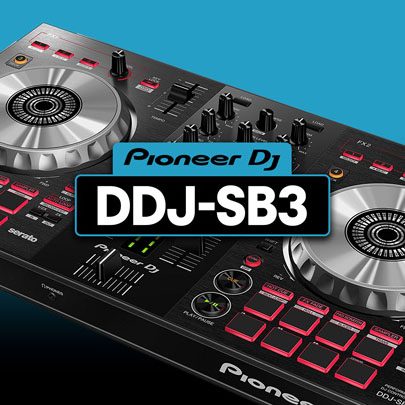
Pioneer DDJ SB3 DJ Course
3.75 hours
28 lessons
Beginner
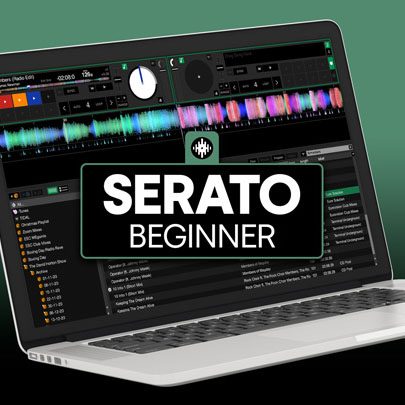
Serato DJ Course
3.5 hours
23 lessons
Beginner
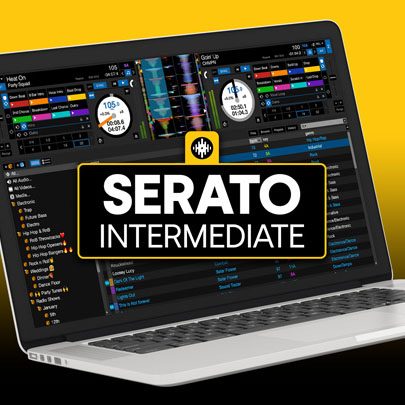
Serato DJ Course
8.5 hours
47 lessons
Intermediate
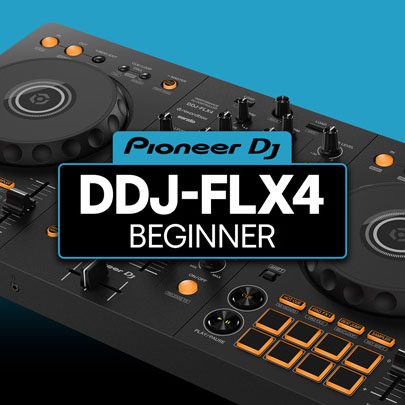
Pioneer DJ DDJ-FLX4 Course
7 hours
41 lessons
Beginner

Complete DJ Package
835 hours
1300+ lessons
Creative
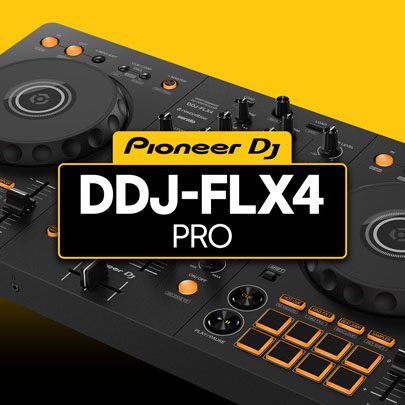
Pioneer DJ DDJ-FLX4 Pro Course
9.5 hours
49 lessons
Intermediate
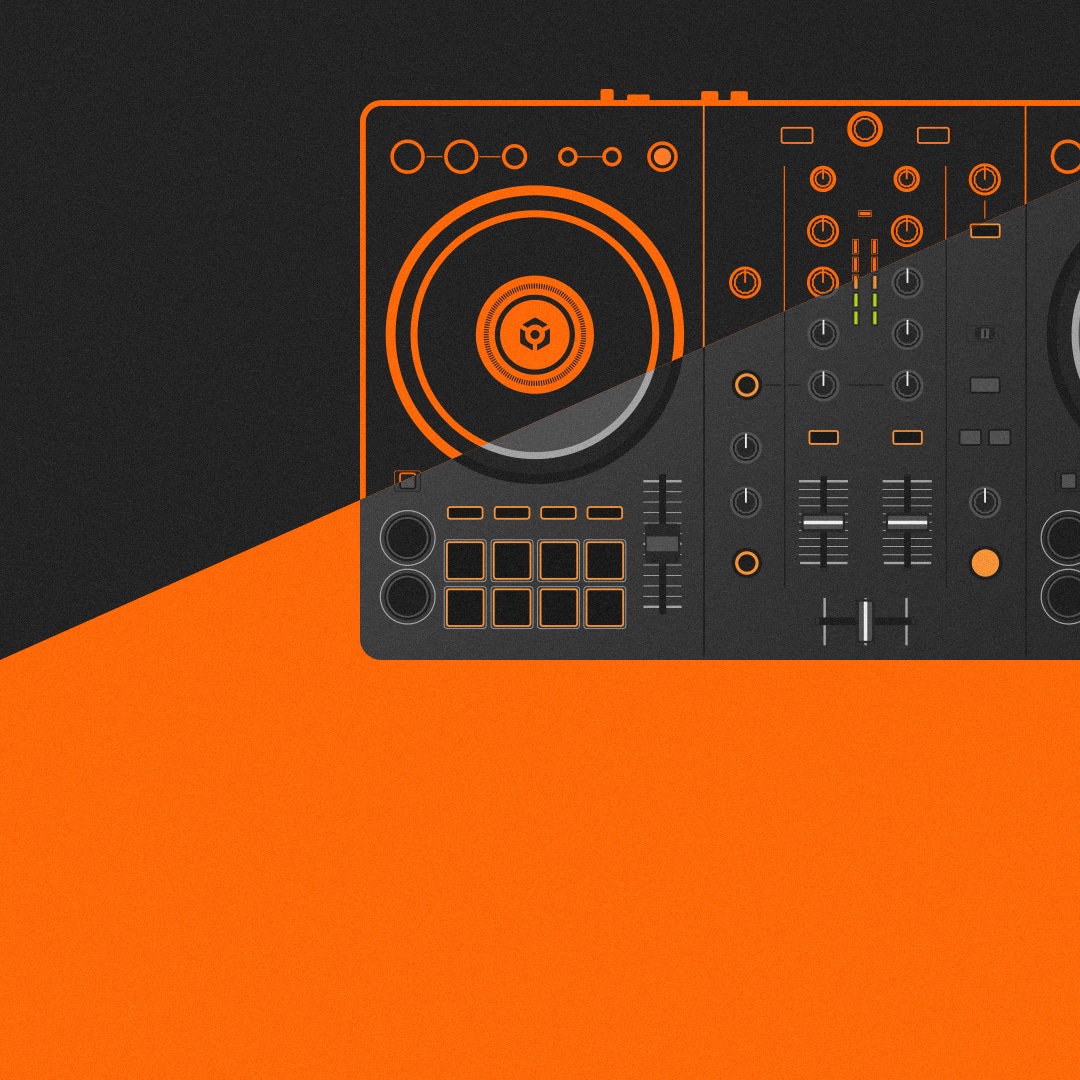
DDJ FLX4 Beginner To Pro Bundle
16.5 hours
90 lessons
Beginner
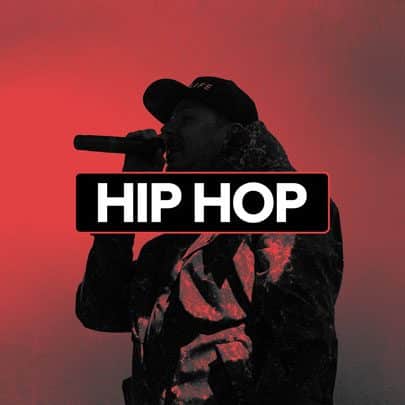
Hip Hop Mixing DJ Course
4.75 hours
42 lessons
Beginner
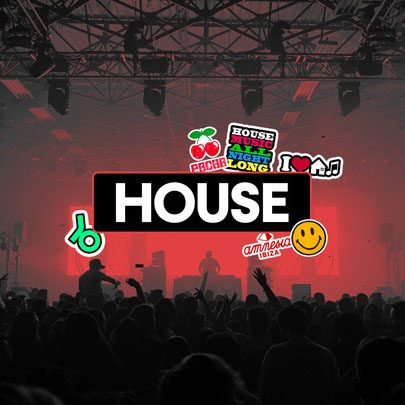
House Mixing DJ Course
9 hours
51 lessons
Intermediate
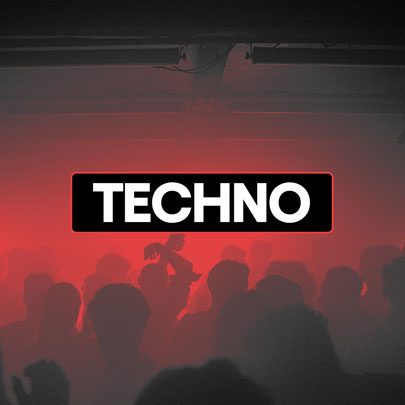
Techno Mixing DJ Course
7.5 hours
42 lessons
Intermediate

Complete DJ Package
835 hours
1300+ lessons
Creative
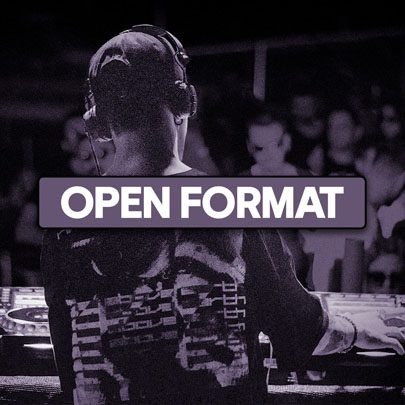
Open Format DJ Course
3.25 hours
64 lessons
Creative

Drum & Bass Beginner Course
3.5 hours
36 lessons
Beginner
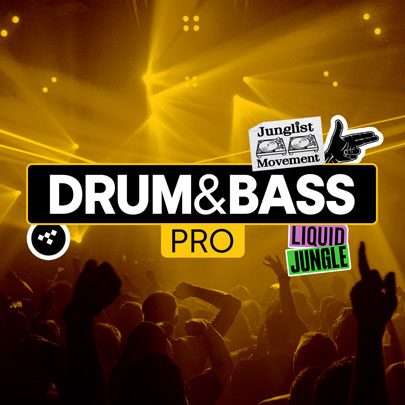
Drum & Bass Pro Course
7.5 hours
47 lessons
Intermediate

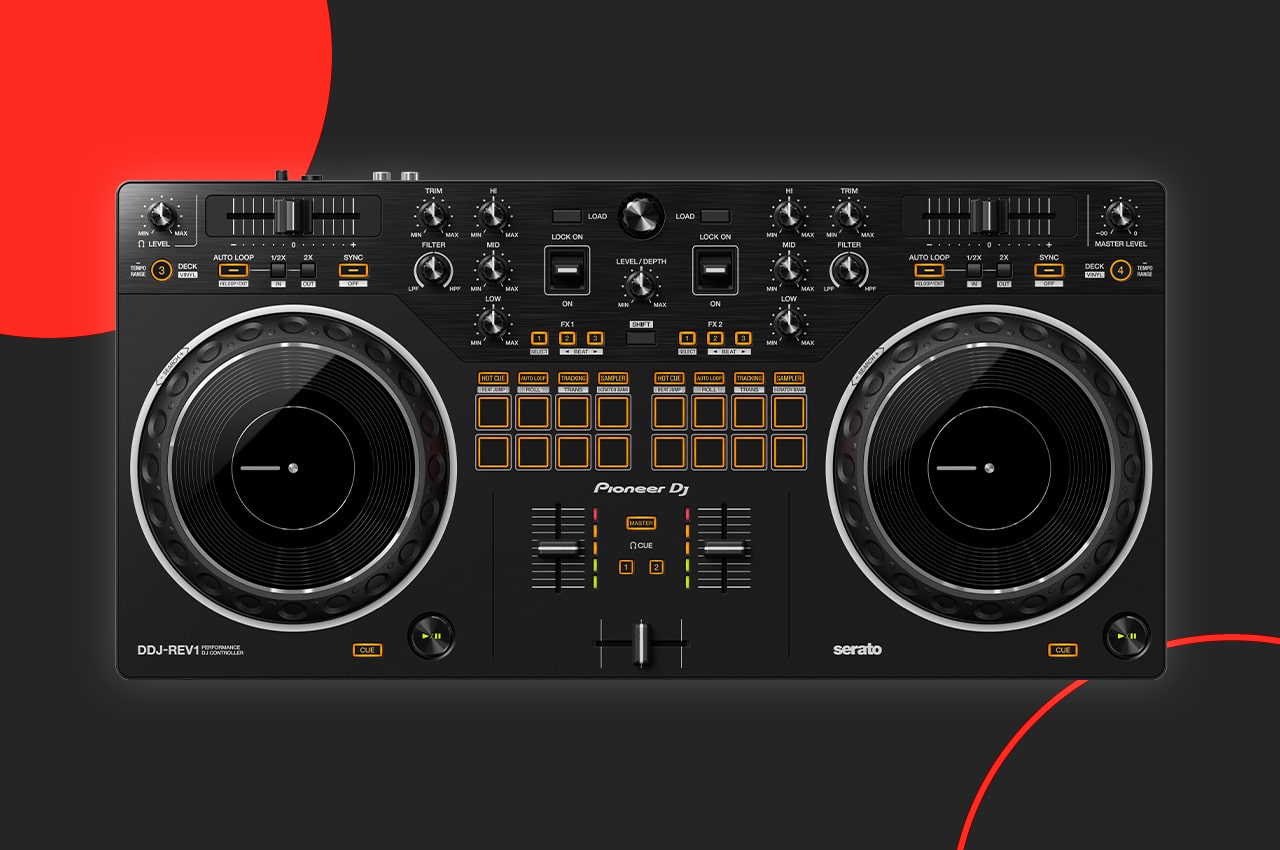
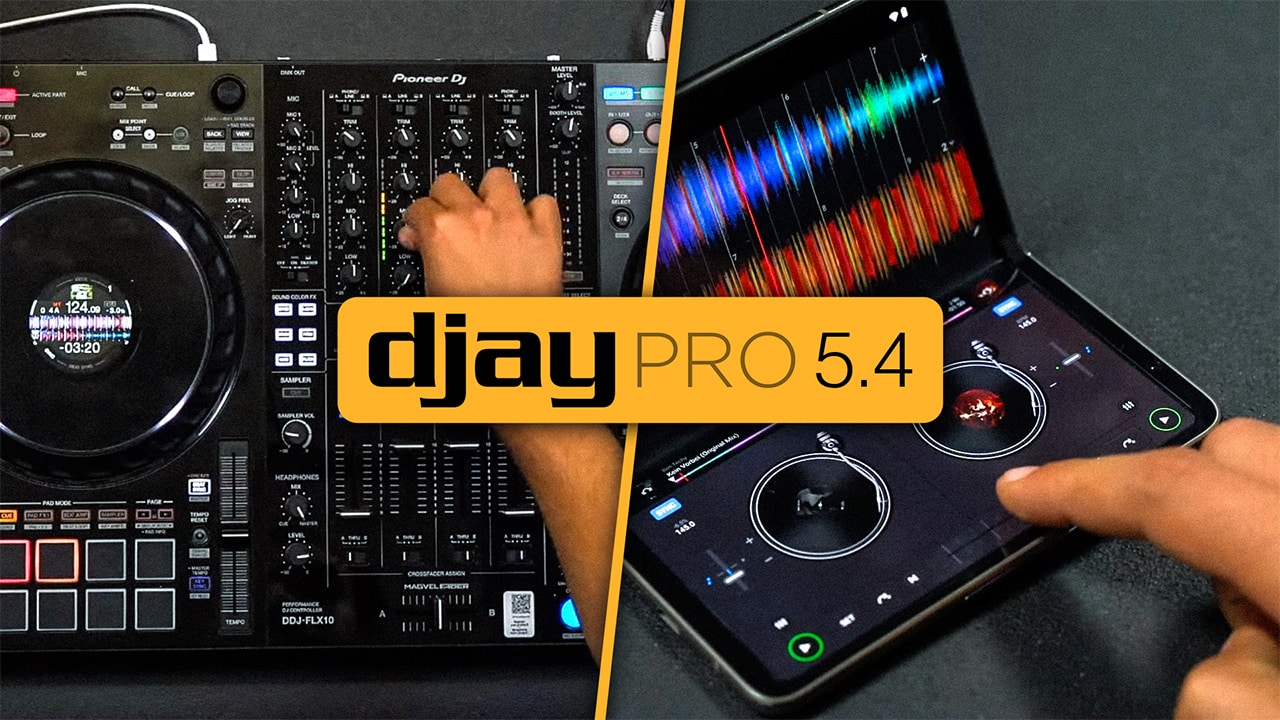

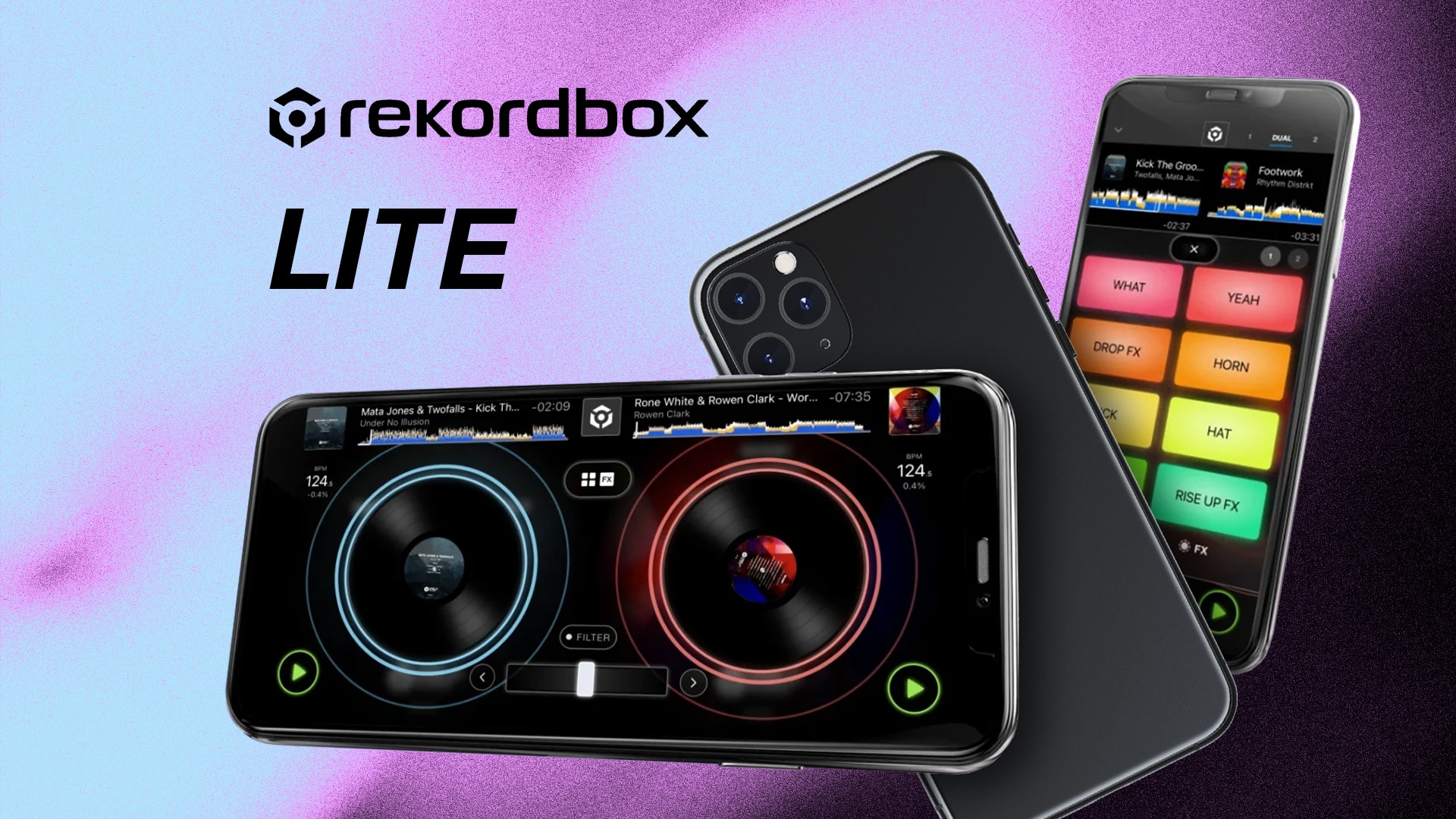

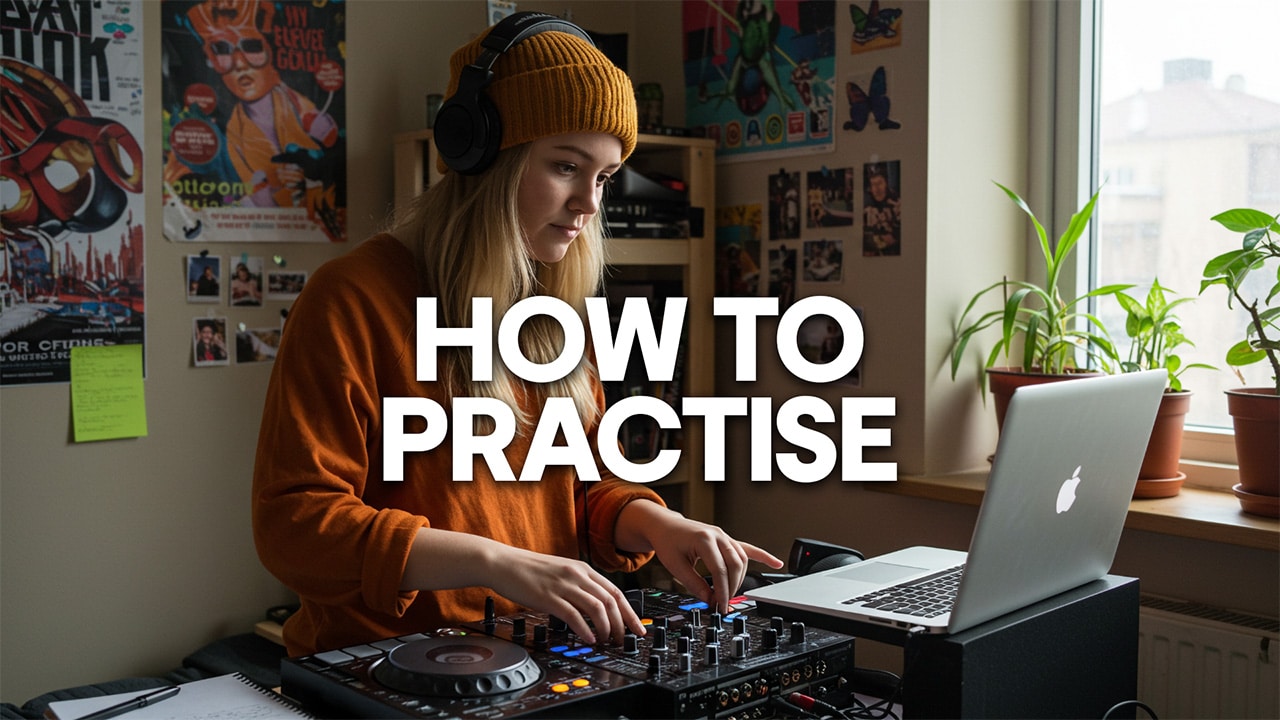
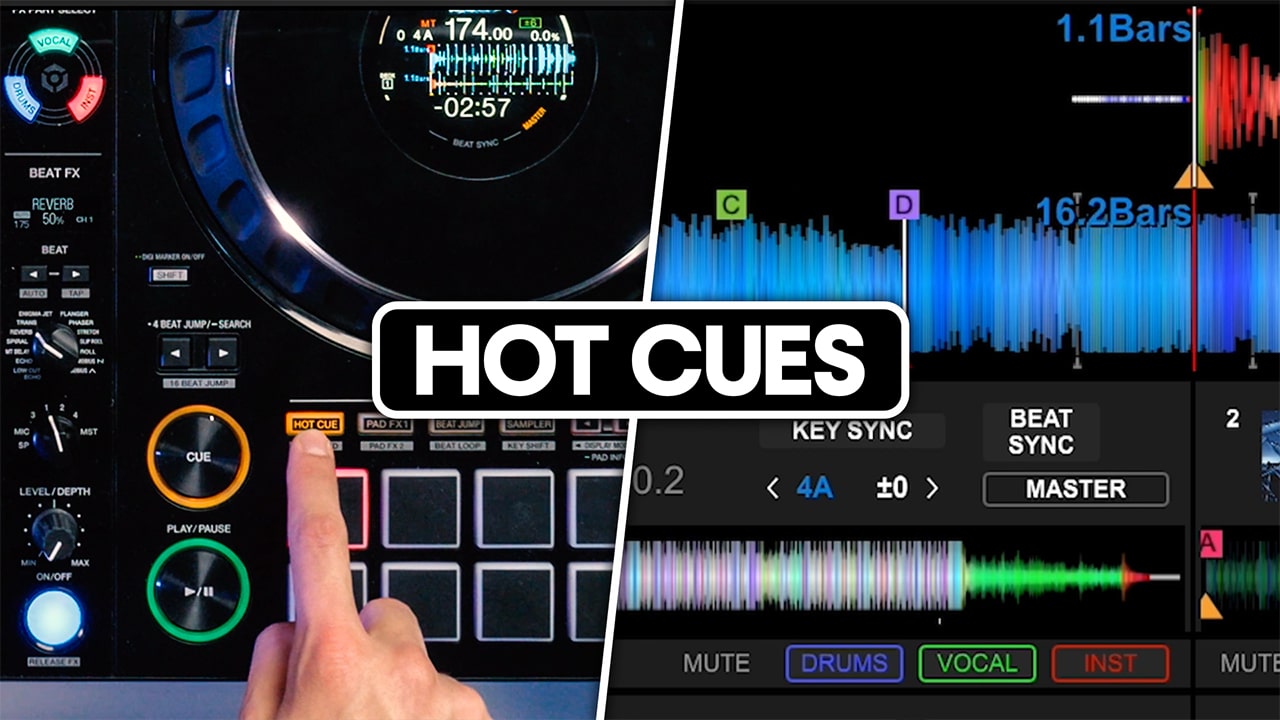
Lot of talk about scratching but not a single word about the quality if the crosssfader. Kind of ironic for a website with such a name…
Apologies for not mentioning the crossfader, I will amend the article. The REV1’s unit is the same as on all entry-level Pioneer units, feels a little cheap but does the job absolutely fine. The cut in distance and curve is adjustable from within the Serato settings. If you’ve ever used the crossfader on a DDJ-400 etc it’s very similar.